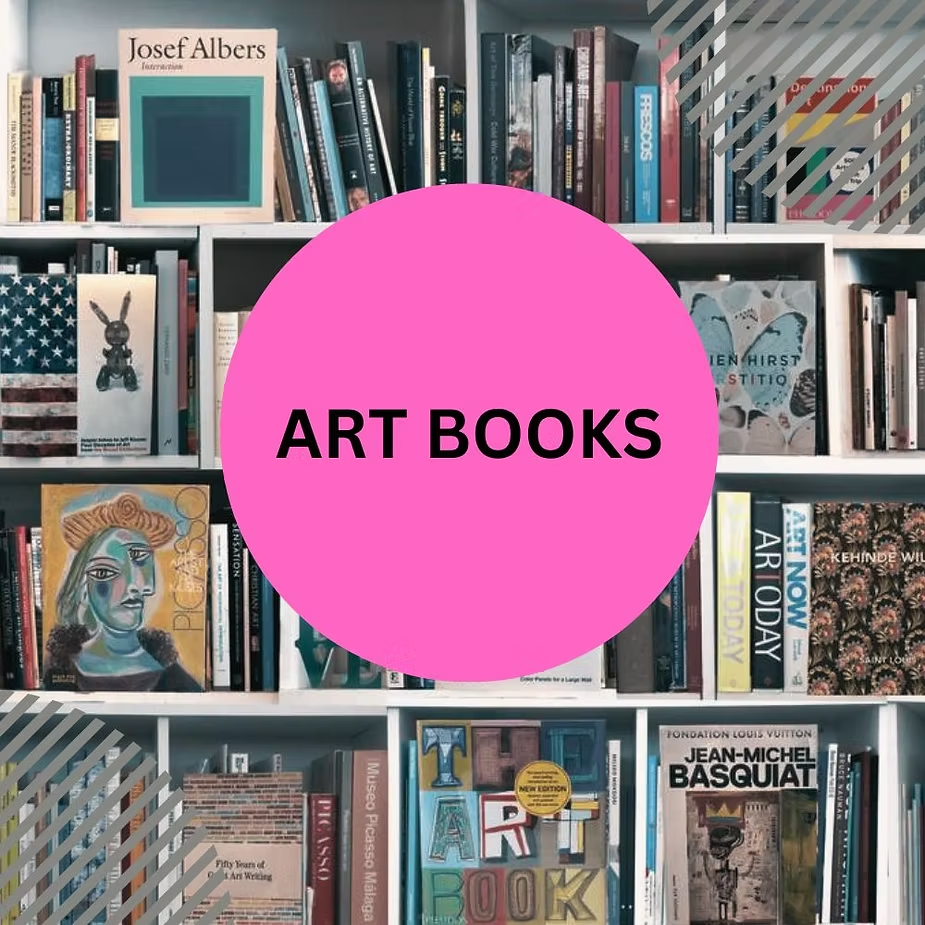As an art enthusiast, one of the most exciting and challenging journeys we embark on is discovering and developing our own unique artistic style. While this process is deeply personal and often takes time and experimentation, one invaluable resource we have at our disposal is a collection of carefully curated books on contemporary painting. These books serve as windows into the vast and diverse world of artistic expression, offering insights, inspiration, and guidance from a multitude of contemporary painters. By immersing ourselves in the works and ideas presented within these pages, we can expand our visual vocabulary, explore new techniques and approaches, and ultimately, carve out our own artistic path. In this blog series, we’ll explore how art students can effectively utilize these books as catalysts for artistic growth and self-discovery, sharing tips, reflections, and creative exercises along the way. So, grab your sketchbooks and let’s dive into the colorful world of contemporary painting together!
As we embark on our artistic journey, it’s essential to approach these books not merely as passive observers but as active participants in our creative development. Start by immersing yourself in the diverse range of works featured in each book. Take the time to study the brushwork, color palettes, compositions, and themes explored by the artists. Pay attention to what resonates with you on a visceral level. Is it the bold gestural strokes of an abstract expressionist painter? The intricate details of a hyperrealist portrait? Or perhaps the dreamlike landscapes of a surrealist visionary?
Once you’ve identified artists or styles that speak to you, delve deeper into their techniques and philosophies. Many of these books offer insightful essays, interviews, and artist statements that provide valuable context and understanding. Take notes, sketch studies, and experiment with different approaches in your own work. Don’t be afraid to borrow techniques or ideas from multiple sources—after all, artistic inspiration thrives on eclecticism and synthesis.
As you continue to explore, remember that developing a personal artistic style is a journey of self-discovery and growth. It’s okay to feel uncertain or frustrated along the way. Embrace the process of experimentation and iteration, allowing yourself the freedom to make mistakes and learn from them. Your style will evolve organically over time, reflecting your unique experiences, influences, and perspectives.
In addition to studying contemporary painters, don’t forget to look to the past for inspiration. Art history is a rich tapestry of artistic movements, traditions, and innovations waiting to be explored. Draw inspiration from the masters of the past while putting your own modern twist on their techniques and themes.
Finally, remember that developing a personal artistic style is not about emulation or imitation—it’s about authenticity and self-expression. Your voice as an artist is one-of-a-kind, shaped by your life experiences, cultural background, and personal vision. Trust in your instincts, stay true to yourself, and don’t be afraid to take creative risks. Ultimately, your artistic style is a reflection of who you are as an individual—so embrace the journey, embrace the process, and most importantly, embrace yourself.
1. “Vitamin P3: New Perspectives in Painting” edited by Phaidon Editors
This book features works by 100 contemporary painters from around the world, providing a comprehensive overview of the current state of painting.
2. “Painting Now” by Suzanne Hudson
Hudson explores the diverse practices and approaches of contemporary painters, featuring artists such as Julie Mehretu, Peter Doig, and Neo Rauch.
3. “100 Painters of Tomorrow” by Kurt Beers
Showcasing emerging talent, this book presents the work of 100 promising painters from across the globe, spanning a wide range of styles and techniques.
4. “Painting Today” by Tony Godfrey
Godfrey examines the trends and developments in contemporary painting, featuring artists like Gerhard Richter, Marlene Dumas, and Elizabeth Peyton.
5. “Abstract Painting: Concepts and Techniques” by Vicky Perry
This book explores abstract painting through the work of contemporary artists, offering insights into their creative processes and experimentation with form and color.
6. “Contemporary Painting in Context” by Margaret Davidson
Davidson delves into the cultural, historical, and theoretical contexts of contemporary painting, featuring artists who challenge traditional notions of the medium.
7. “Painters’ Painters: Artists of Today Who Inspire Artists of Tomorrow” by Karen Wright
Wright explores the influence of contemporary painters on their peers, featuring artists like Glenn Brown, Michael Borremans, and Cecily Brown.
8. “Contemporary Painting” by Suzanne Hudson and James Meyer
This book examines the critical debates surrounding contemporary painting, featuring discussions on topics such as abstraction, figuration, and the digital age.
9. “Painting People: Figure Painting Today” by Charlotte Mullins
Mullins explores the representation of the human figure in contemporary painting, featuring artists who explore themes of identity, gender, and the body.
10. “Expressive Painting: Tips and Techniques for Practical Applications in Watercolor, Including Color Theory, Composition, and More” by Joseph Stoddard
This practical guide offers tips and techniques for expressive painting in watercolor, featuring contemporary artists who push the boundaries of the medium.


